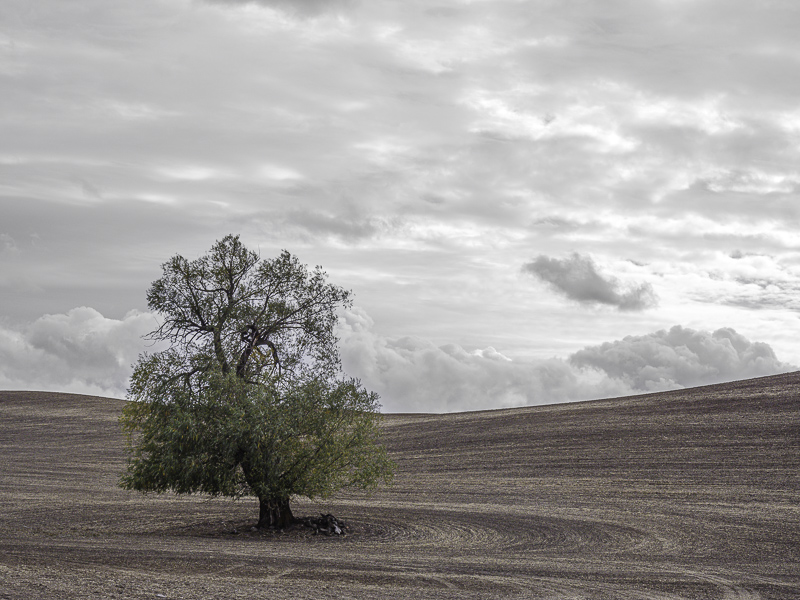Every Picture Is a Compromise
Lessons from the Also-rans
Most photography websites show the photographer's very best work. Wonderful. But that's not the full story of a creative life. If we want to learn, we'd better pay attention to the images that aren't "greatest hits" and see what lessons they have to offer. Every picture is a compromise — the sum of its parts, optical, technical, visual, emotional, and even cosmic – well, maybe not cosmic, but sometimes spiritual. Success on all fronts is rare. It's ok to learn from those that are not our best.
This is a series about my also-rans, some of which I've been able to improve at bit (i.e., "best effort"), none of which I would consider my best. With each there are lessons worth sharing, so I will.

Previous image | Next image |
Original digital capture

The Miracles of Technology Week
Mixed Treatment/Selective Color
I've said for years that this is the best time in the history of photography to be a photographer. This week, I'll share an additional five "failures" that were rescued/improved by the miracles of software.
What I saw that I liked:
Storm clouds — yay!
What I don't like in the picture:
For some reason, I often find my storm clouds have a magenta cast to them. Must be something in the auto white balance. I've tried to correct this to the correct blue, but it almost always fails.
What I learned:
Clouds never feel blue to me. They are always gray. Why not convert all the color in the clouds to neutral by stripping out all the color? This "selective color" approach is far more useful than in just clouds, too. I find I use this technique on botanicals, and even interior architecture shots. I still think of and describe these as color images, but the fact that parts of the image are gray scale only doesn't feel colorless. It just feel desaturated — which it is.
2nd Chances: What I might try next
This is an example of another technical idea. I purposely underexpose these types of compositions in order to preserve detail in the highlights. Notice how much I was able to pull out of the underexposed shadows in the above. |
|


